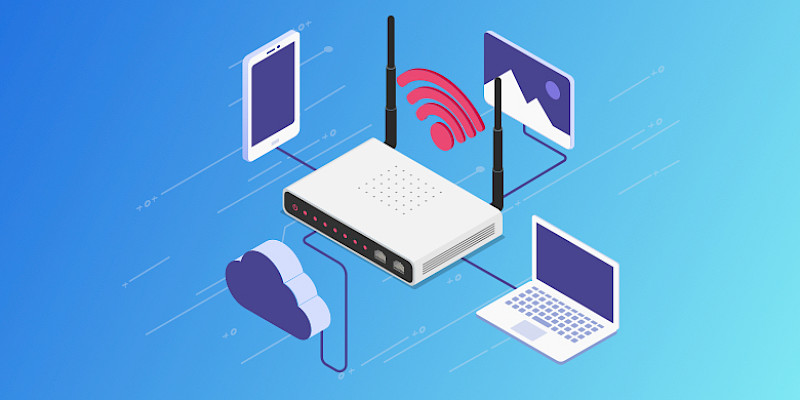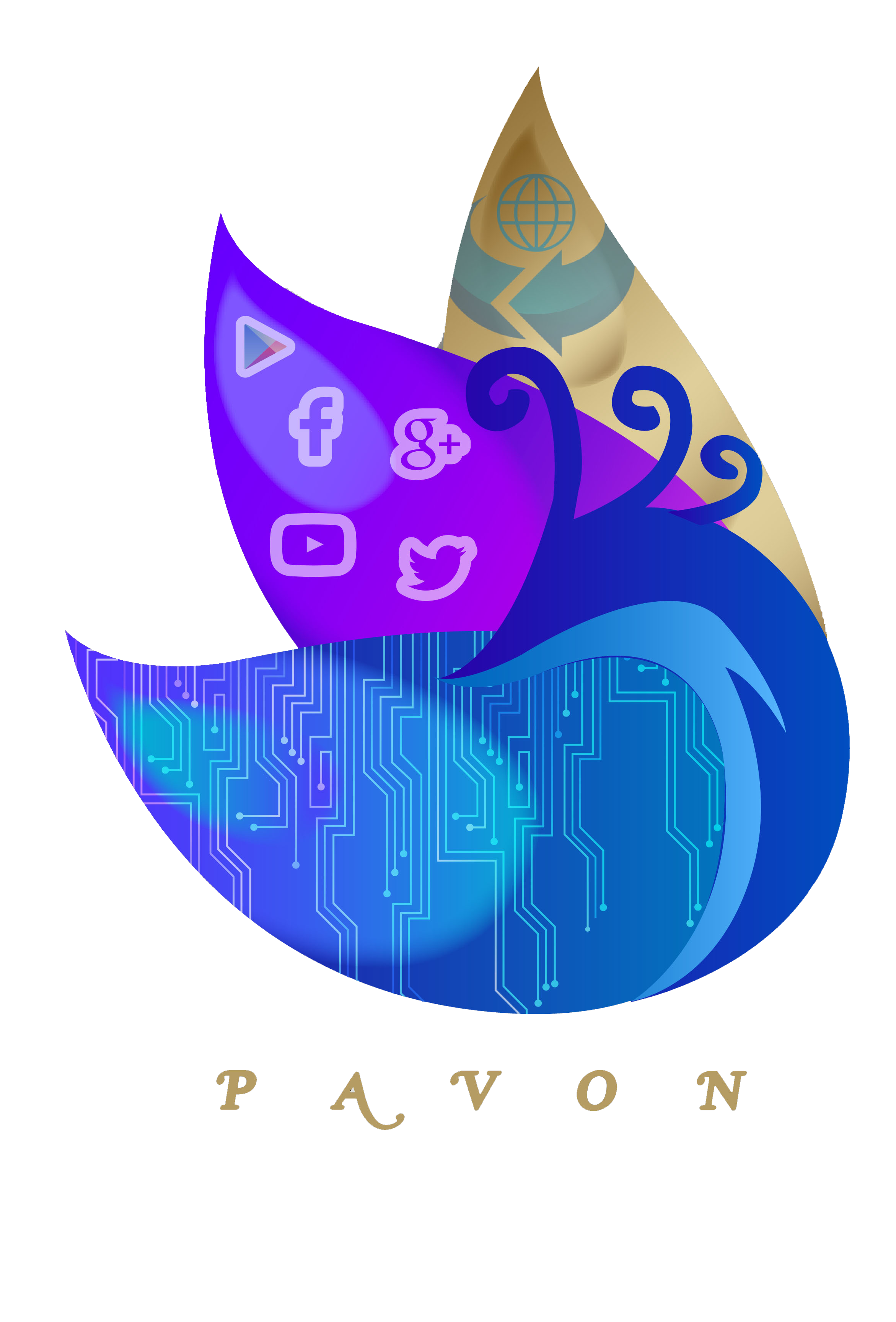The features we offer.
Building an IT infrastructure involves creating a robust, secure, and scalable network that supports the organization's technology needs. Here's a general overview of key components that make up an IT infrastructure

Servers

Firewall

Wired Cable

Router

Fiber Cable

Switch
1. Network Infrastructure
- Local Area Network
(LAN): Connects devices within the company, typically in the same
building or campus. It includes routers, switches, firewalls, and cables.
- Wide Area Network
(WAN): Connects geographically dispersed offices, often through leased
lines or VPNs.
- Internet Connectivity: Broadband, fiber, or leased lines for internet access.
2. Hardware Infrastructure
- Servers: Physical or
virtual machines that host applications, databases, and websites.
- Storage: Systems for
storing data (e.g., SAN, NAS, cloud storage).
- End-User Devices: Laptops,
desktops, tablets, and mobile devices used by employees.
- Network Devices: Routers,
switches, firewalls, and access points.
3. Data Centers or Cloud Infrastructure
- On-premises Data
Centers: Physical spaces where your servers and other infrastructure
reside.
- Cloud Services: Platforms like
AWS, Google Cloud, or Microsoft Azure that offer scalable virtual servers,
storage, and services.
- Hybrid
Infrastructure: A combination of on-premises and cloud-based systems.
4. Security Infrastructure
- Firewalls: Protect internal
networks from unauthorized access.
- Intrusion
Detection Systems (IDS): Detect potential security breaches.
- VPNs (Virtual
Private Networks): Secure remote access for employees.
- Antivirus/Anti-malware
Software: Protect end-user devices from malicious threats.
- Encryption: Ensures data
protection in transit and at rest.
- Identity and
Access Management (IAM): Manages user authentication and authorization.
5. Communication and Collaboration Tools
- Email Servers: Manage corporate
email (e.g., Exchange, Google Workspace).
- Instant Messaging
& Video Conferencing: Tools like Microsoft Teams, Slack, or Zoom.
- File Sharing and
Document Management: Solutions like SharePoint, OneDrive, or Google
Drive.
6. Cloud Adoption and Integration
- Cloud Platforms: Amazon Web
Services (AWS), Google Cloud, Microsoft Azure.
- SaaS Solutions:
Software-as-a-Service applications that the company uses (e.g.,
Salesforce, Office 365).
- Cloud Integration
Tools: Platforms to connect on-premise infrastructure to cloud systems.
7. Backup and Disaster Recovery
- Backup Solutions: Regular backups
of servers, data, and applications to ensure business continuity.
- Disaster Recovery: Plans and
systems in place to restore IT services after a disaster (e.g.,
cloud-based replication, off-site backups).
8. Monitoring and Management
- Network Monitoring: Tools like
SolarWinds, PRTG, or Nagios to monitor network performance.
- Server and
Application Monitoring: Tools to monitor server health and application
performance (e.g., New Relic, Datadog).
- IT Asset
Management: Systems to track hardware and software inventory.
- Patch Management: Regular updates
and patches for operating systems, software, and hardware.
9. Business Continuity Planning (BCP)
- Redundancy: Backup power
supplies, multiple internet connections, and mirrored data to ensure
uptime.
- Contingency Plans: Defined
processes for responding to hardware failure, data loss, or security
incidents.

